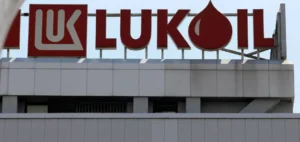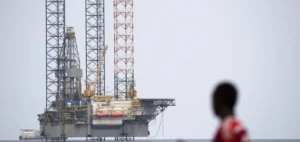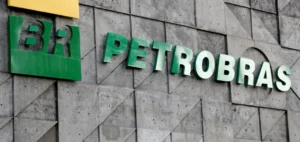The BRICS, a group of strategic countries in terms of both energy production and consumption, are stepping up their efforts to reshape the global energy landscape. Since the group’s enlargement with the inclusion of members such as Iran and the United Arab Emirates (UAE) in early 2024, their impact on the global oil market has grown.
Together, they now account for almost 41% of global oil production and 35% of consumption, figures that would increase if Saudi Arabia confirmed its membership.
At Russian Energy Week in Moscow, BRICS energy ministers discuss current energy market issues, including oil and gas supply, as well as trade opportunities outside the US dollar system.
De-dollarization is high on the group’s agenda, as several members seek to reduce their dependence on the US currency for oil transactions.
However, there are many obstacles to this transition, from the convertibility of local currencies to the risks associated with exchange rate fluctuations.
The structural limits of de-dollarization
Despite strong interest in de-dollarization, particularly on the part of Russia, the process remains complex.
Since the annexation of Crimea in 2014 and subsequent Western sanctions, Russia has sought to diversify its transactions and prepare for total exclusion from Western financial markets.
This strategy intensified with the invasion of Ukraine in 2022, reinforcing Moscow’s need to move away from the dollar.
However, the ability to trade crude oil outside the dollar framework remains limited.
The main difficulty lies in the absence of stable, widely accepted alternative currencies.
The Chinese yuan could offer a solution, particularly for trade between China and Saudi Arabia, but this depends on the ability of oil exporters to use this currency for other commercial transactions.
New players and regional perspectives
The entry of the United Arab Emirates and Iran into the BRICS is also changing the regional balance of energy trade.
The United Arab Emirates, a major OPEC player, recently signed memorandums with India and Ethiopia, also members of the BRICS, to explore trade in local currencies.
However, the long-term prospects for these agreements are still uncertain.
The dirham, for example, does not yet have the stability or trading volume to play a major role in global energy trade.
What’s more, the use of currencies such as the yuan remains limited to certain regions, reducing the chances of its widespread adoption in the short term.
Against this backdrop, non-dollar-denominated trade in refined petroleum products looks more promising than that in crude oil.
Analysts believe that the high volume and liquidity of the crude oil market make a gradual transition to dollar-free trade difficult.
On the other hand, oil products such as fuel and by-products could see their trade diversify more rapidly outside the dollar framework.
A common strategy, divergent priorities
However, the BRICS have to contend with sometimes divergent priorities among their members.
Although the common desire to reduce dependence on the dollar is a unifying factor, the economic realities of each country differ greatly.
China, which continues its rise as the world’s leading oil-importing power, supports greater use of the yuan.
On the other hand, other members such as India and Brazil, whose economies are more oriented towards multi-currency trade, are reluctant to adopt a unified monetary policy based on a single currency.
The role of Turkey, which has expressed an interest in joining the BRICS, could strengthen regional energy flows, not least thanks to its strategic position between Europe, Russia and the Middle East.
Already a key player in natural gas transit, Turkey could foster new energy routes if it were to fully integrate the bloc.
Towards greater influence on the energy market
By expanding their sphere of influence, the BRICS could eventually significantly change the rules of the game on global energy markets.
However, fragmented national priorities and structural obstacles to de-dollarization make rapid cooperation unlikely.
Nevertheless, the strategic importance of the BRICS continues to grow, both in terms of oil trade and in the quest for an alternative monetary system.






















